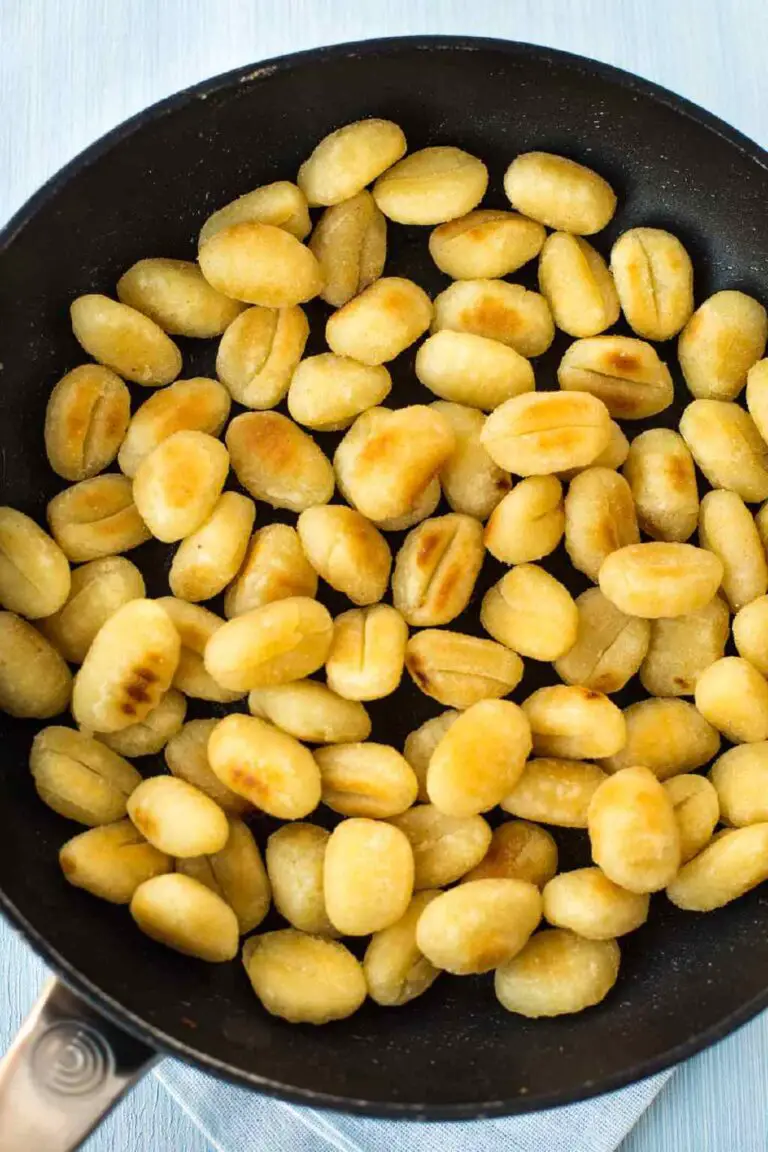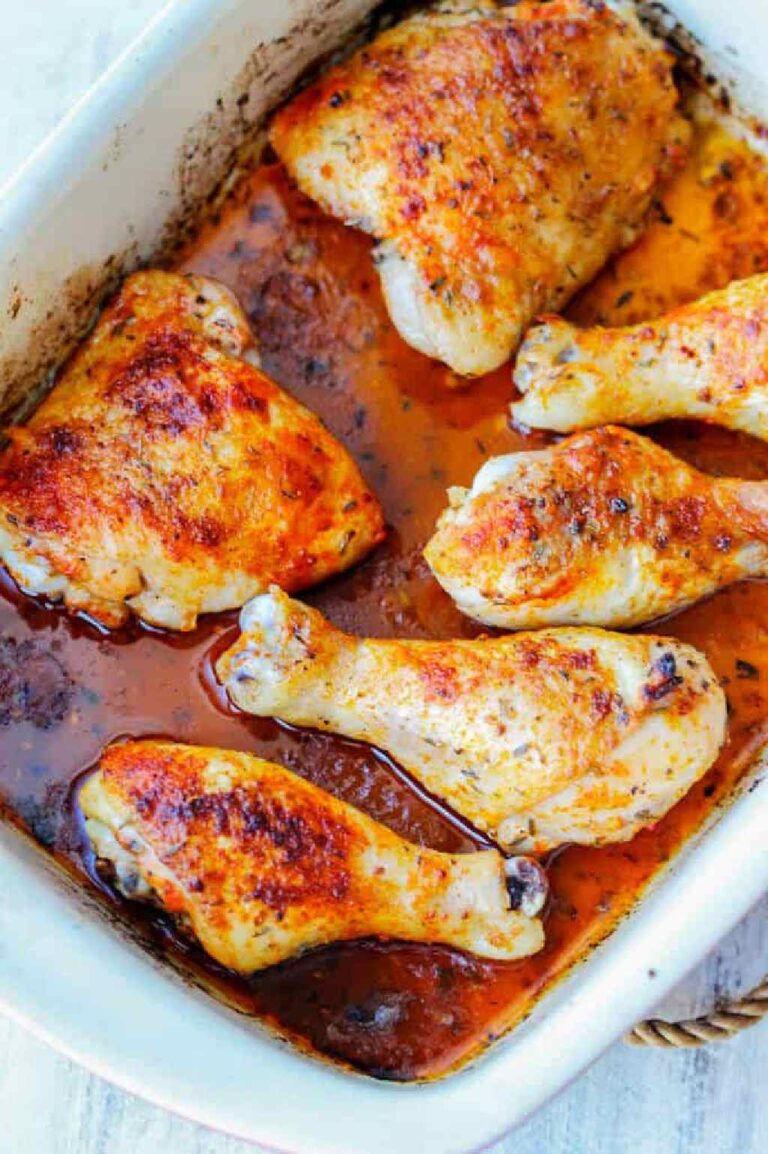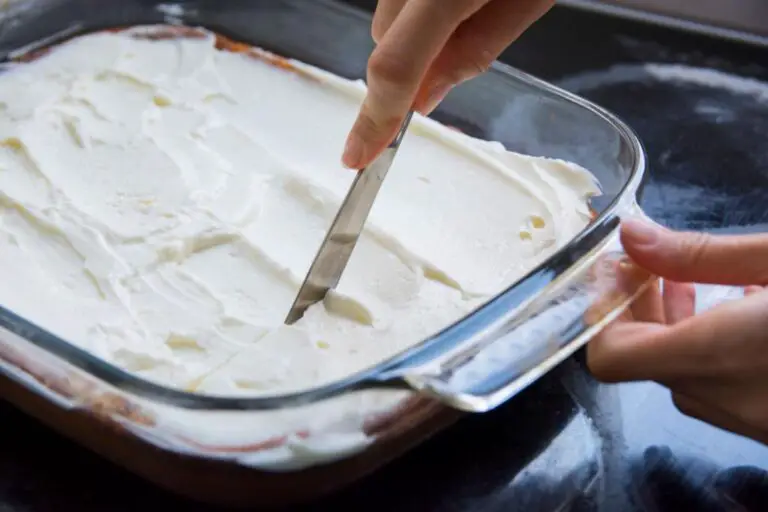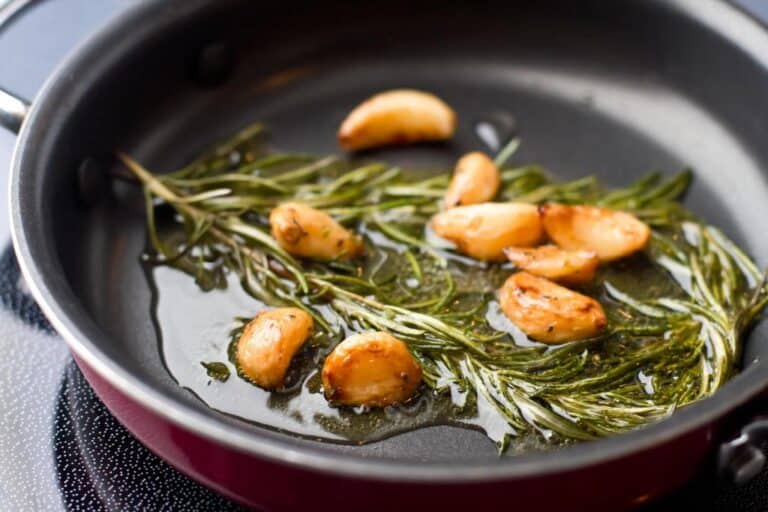Are All-Purpose Flour and Maida Interchangeable? Here’s the Scoop!
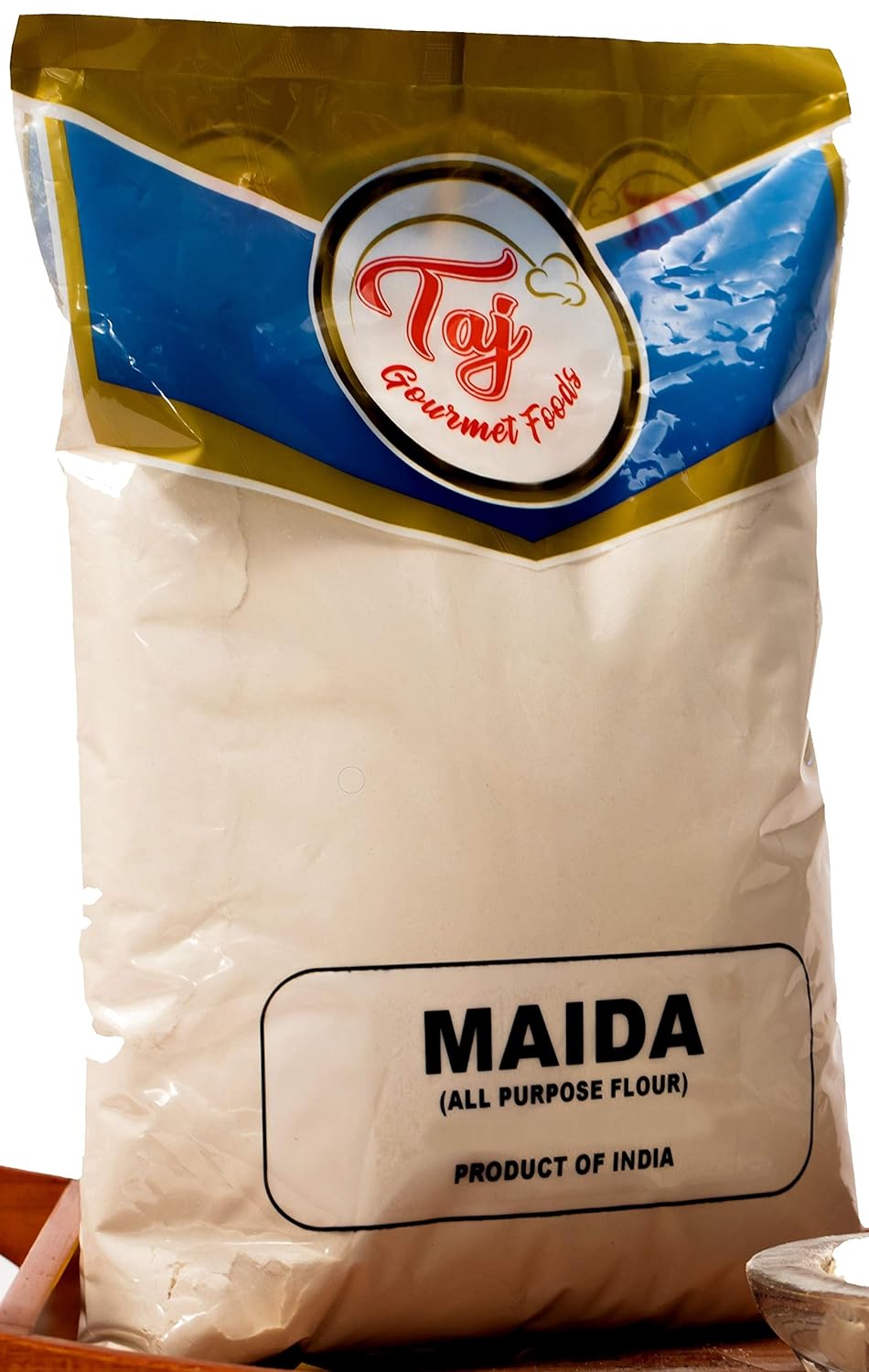
When it comes to baking, the flour you choose can make or break your culinary masterpiece. As a passionate home cook, I often find myself navigating through a pantry of different flours, and one question that pops up frequently is whether all-purpose flour and maida are interchangeable. With similar appearances and uses, these two flours often lead to confusion.
So, let’s dive into the world of flour, unravel the mysteries, and discover whether you can swap one for the other in your favorite recipes!
What is All-Purpose Flour?

Let’s start with the basics. All-purpose flour, as the name suggests, is a versatile flour that serves a multitude of baking needs. It’s typically a blend of hard and soft wheat, which gives it a moderate protein content—usually around 10-12%. This protein level strikes a nice balance, making all-purpose flour suitable for everything from cookies to bread to cakes.
Characteristics of All-Purpose Flour:
- Protein Content: 10-12%
- Texture: Fine and smooth
- Uses: Versatile; great for cookies, cakes, muffins, and sauces.
Why I Love All-Purpose Flour
I adore all-purpose flour for its adaptability. I can whip up a batch of fluffy pancakes one morning and a loaf of rustic bread the next, all without changing flours. It’s like having a trusty Swiss Army knife in my kitchen arsenal—always ready for whatever recipe I throw its way.
What is Maida?
Maida is the flour of choice in many Indian households, especially for making pastries and various traditional dishes. This finely milled white flour is similar to all-purpose flour but has its own unique characteristics. In many ways, maida is akin to what we might call cake flour or even pastry flour in the West, with a slightly lower protein content (around 8-10%).
Characteristics of Maida:
- Protein Content: 8-10%
- Texture: Very fine, silky
- Uses: Ideal for making naan, parathas, and various Indian sweets.
My Experience with Maida
I fell in love with Maida when I first tried my hand at making Naan. The softness and chewiness it lends to the bread are simply unbeatable. Plus, it’s my go-to when I’m making deep-fried snacks like samosas or bhajis because it creates a beautifully crisp exterior. Maida truly shines in traditional Indian recipes, and it holds a special place in my heart (and pantry!).
Key Differences Between All-Purpose Flour and Maida
While all-purpose flour and maida may look similar, they have distinct differences that can affect your baking. Let’s break it down into bite-sized pieces.
| Feature | All-Purpose Flour | Maida |
| Protein Content | 10-12% | 8-10% |
| Texture | Coarse but smooth | Very fine and silky |
| Gluten Strength | Moderate | Lower |
| Uses | Versatile (baking) | Traditional Indian dishes, pastries |
| Taste | Neutral | Slightly sweeter |
Cooking and Baking Applications
Understanding the differences can help you decide which flour to use in your next recipe. For instance, if you’re baking a cake that requires a tender crumb, maida might be your best bet due to its fine texture and lower protein content. Conversely, if you’re whipping up a hearty loaf of bread or cookies, all-purpose flour provides the gluten structure needed for the perfect rise.
Can You Substitute Maida for All-Purpose Flour?
This is the million-dollar question, and the answer isn’t black and white. You can substitute maida for all-purpose flour in certain recipes, but there are a few caveats. Here’s a breakdown of when you can and can’t make that swap.
When Substitution Works
- Baking Soft Goods: If your recipe calls for cookies, cakes, or muffins, maida can serve as a suitable replacement. Just remember that the final texture may differ slightly—think softer and more tender.
- Thickening Sauces: If you’re in a pinch and need a thickening agent, maida can stand in for all-purpose flour in sauces or gravies without much fuss.
When to Avoid Substitution
- Bread Recipes: For bread that requires a strong gluten structure, all-purpose flour is the way to go. Maida may not provide the necessary rise and chewiness that you expect from a good loaf of bread.
- High-Protein Needs: If a recipe specifically relies on the higher protein content of all-purpose flour (like pizza dough), I recommend sticking to it for the best results.
Adjusting Ratios for Substitution
If you decide to take the plunge and use maida instead of all-purpose flour, adjusting your measurements is key. Here’s a quick guide on how to adjust:
- General Ratio: Use about ¾ cup of maida for every 1 cup of all-purpose flour.
- Increase Liquid: You may need to increase the liquid in your recipe slightly since maida absorbs moisture differently.
Quick Tips for Substituting
- Start Small: When experimenting with flour substitutions, start by swapping a small portion of all-purpose flour for maida and see how it turns out.
- Mix It Up: For certain recipes, consider blending the two flours. This combination can balance out the properties of both, giving you a delightful end product.
| Related: Can All-Purpose Flour Thicken Sauce? |
My Favorite Recipes Using Both Flours
To give you some inspiration, here are a couple of my favorite recipes where I’ve successfully used both all-purpose flour and maida:
Fluffy Pancakes
- Ingredients:
- 1 cup all-purpose flour
- 1 tablespoon baking powder
- 1 tablespoon sugar
- 1 cup milk
- 1 egg
- 2 tablespoons melted butter
- Instructions:
- In a bowl, mix the dry ingredients.
- In another bowl, whisk the wet ingredients.
- Combine both mixtures and stir until just mixed.
- Cook on a hot griddle until golden brown.
Naan Bread
- Ingredients:
- 2 cups maida
- 1 teaspoon sugar
- 1 teaspoon salt
- 1 teaspoon baking powder
- ¾ cup warm water
- 1 tablespoon yogurt
- Instructions:
- Combine all dry ingredients in a bowl.
- Add warm water and yogurt; knead until smooth.
- Let it rise for 1 hour.
- Roll out and cook on a hot skillet.
Final Thoughts
In the world of baking, knowing the flour you’re working with can make all the difference. While all-purpose flour and maida can serve similar purposes, their unique characteristics shine through in different recipes. By understanding these differences, you can make informed choices and elevate your baking game.
So, the next time you find yourself staring at your pantry, wondering whether to reach for all-purpose flour or maida, you’ll have the knowledge to make the right decision. Whether you’re whipping up a batch of fluffy pancakes or rolling out naan for your next meal, embrace the world of flour with confidence! Happy baking!

